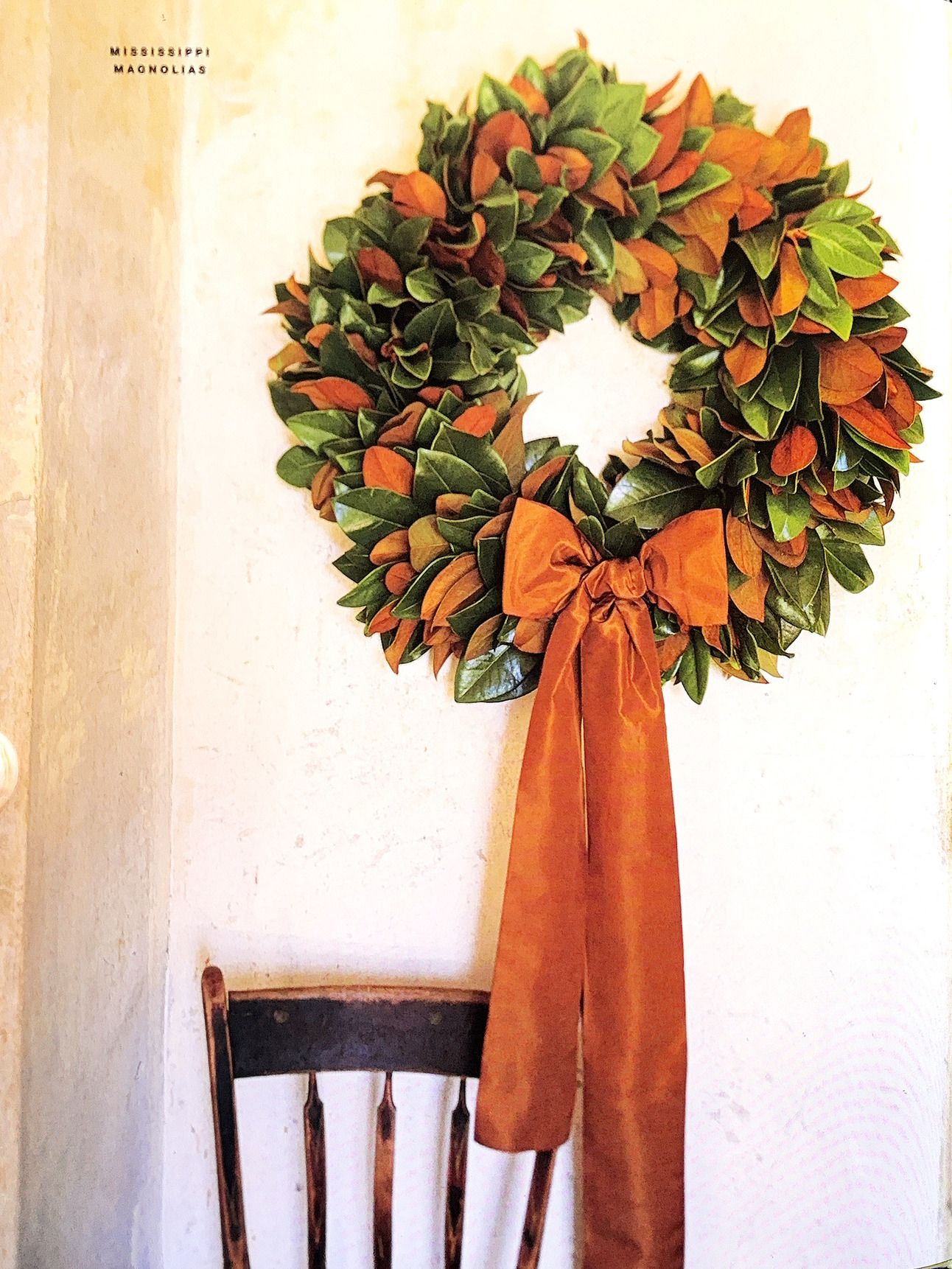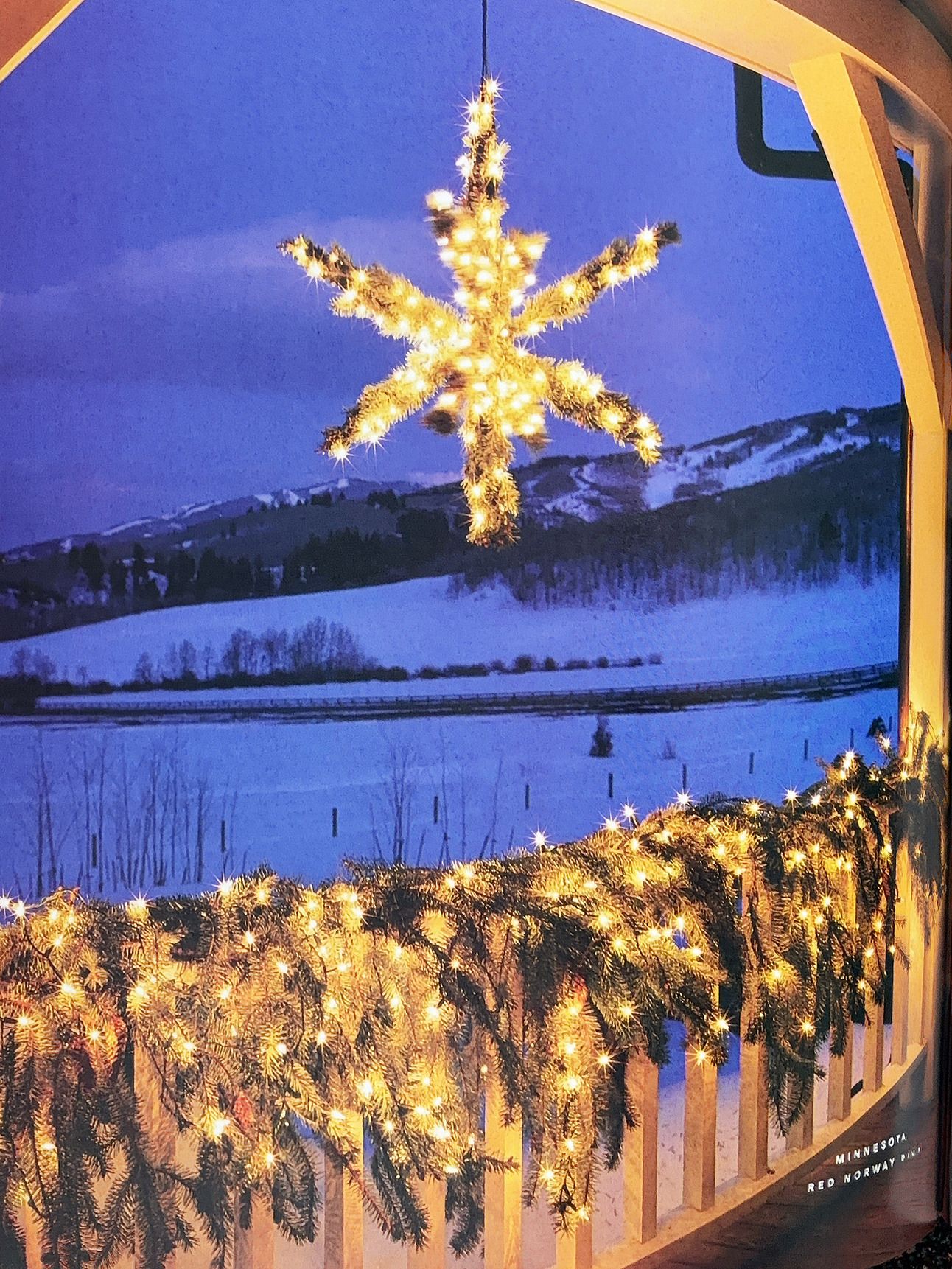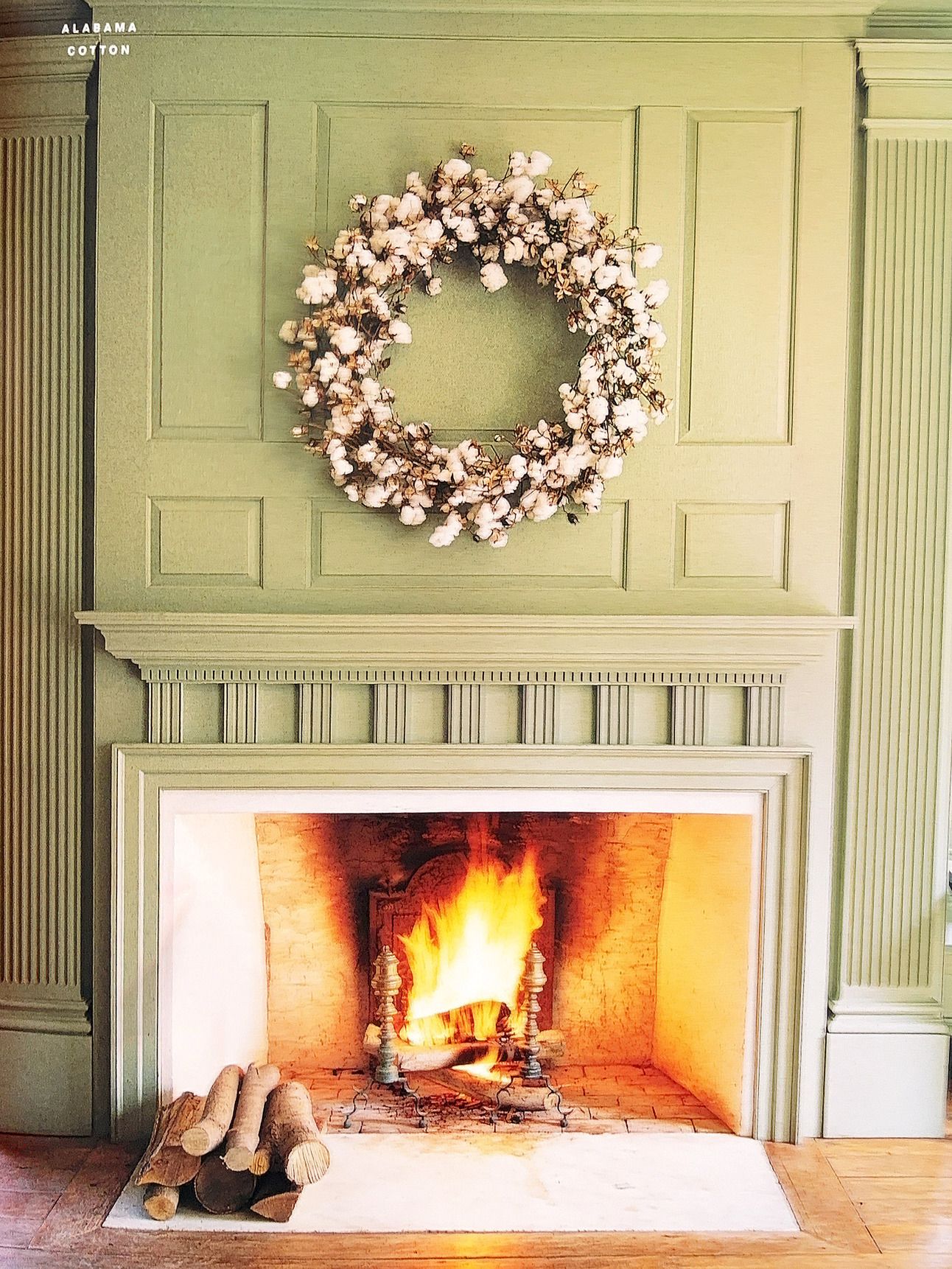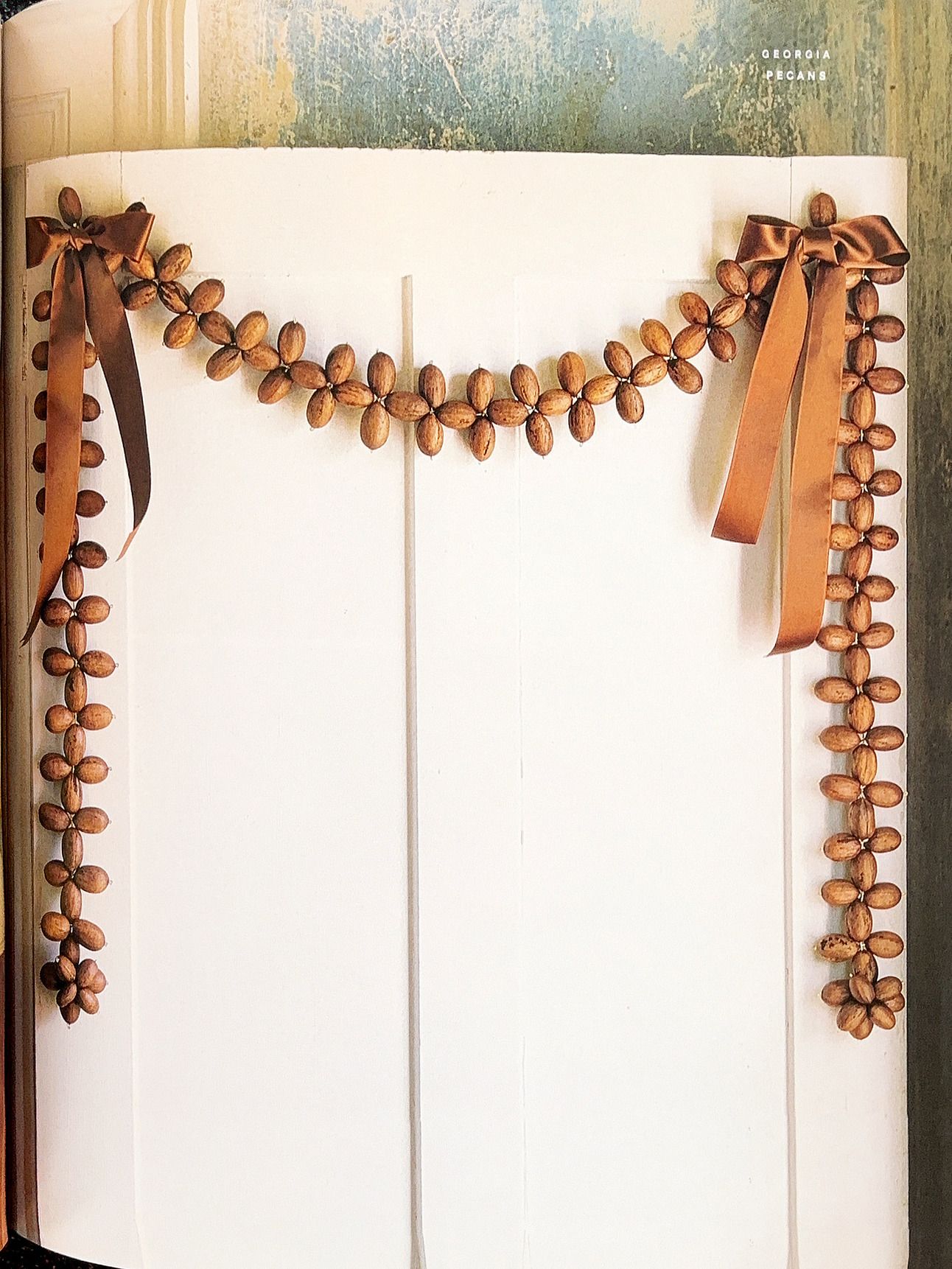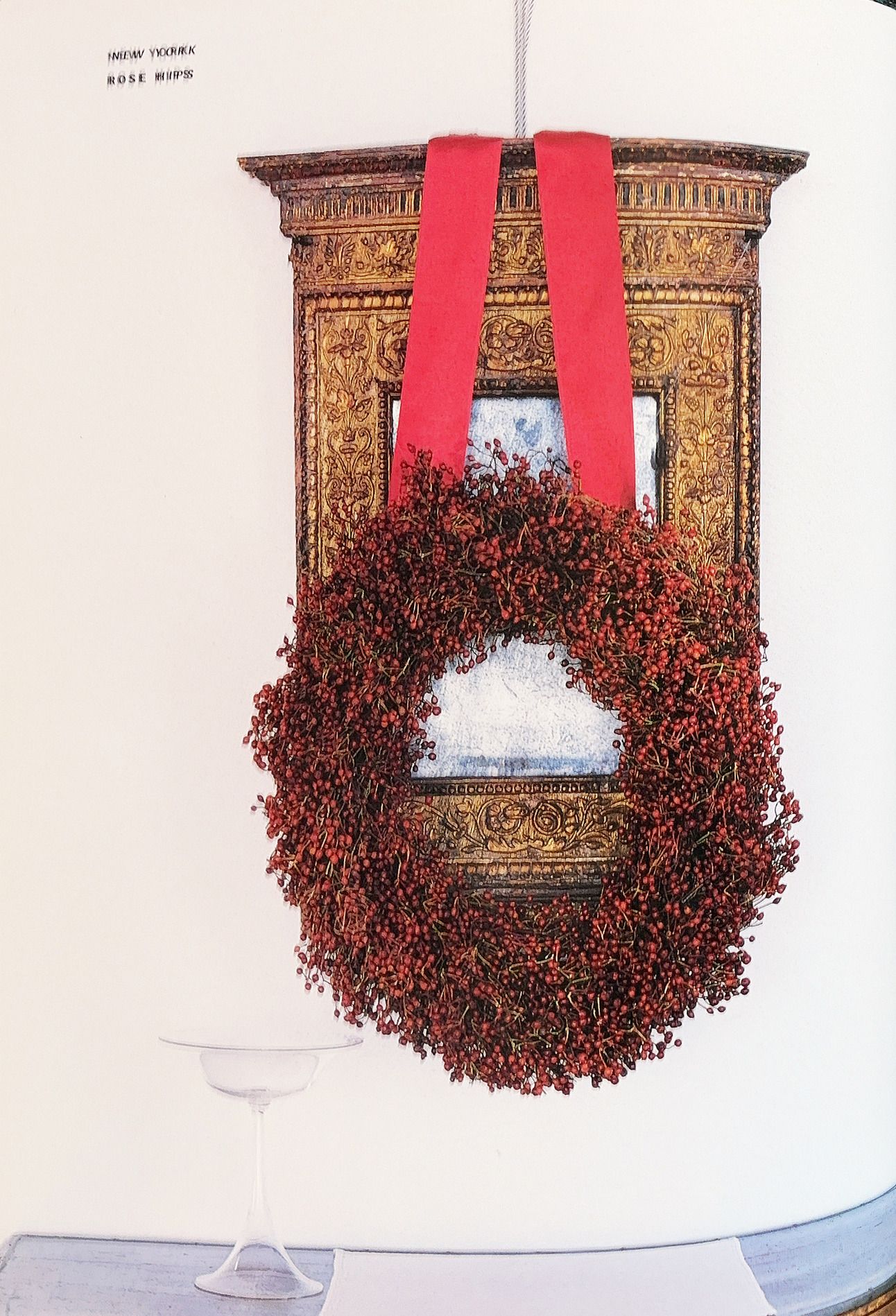- Prune
- Posts
- Martha's wreaths
Martha's wreaths
Embracing spectacle, nostalgia, and magnolia leaves.
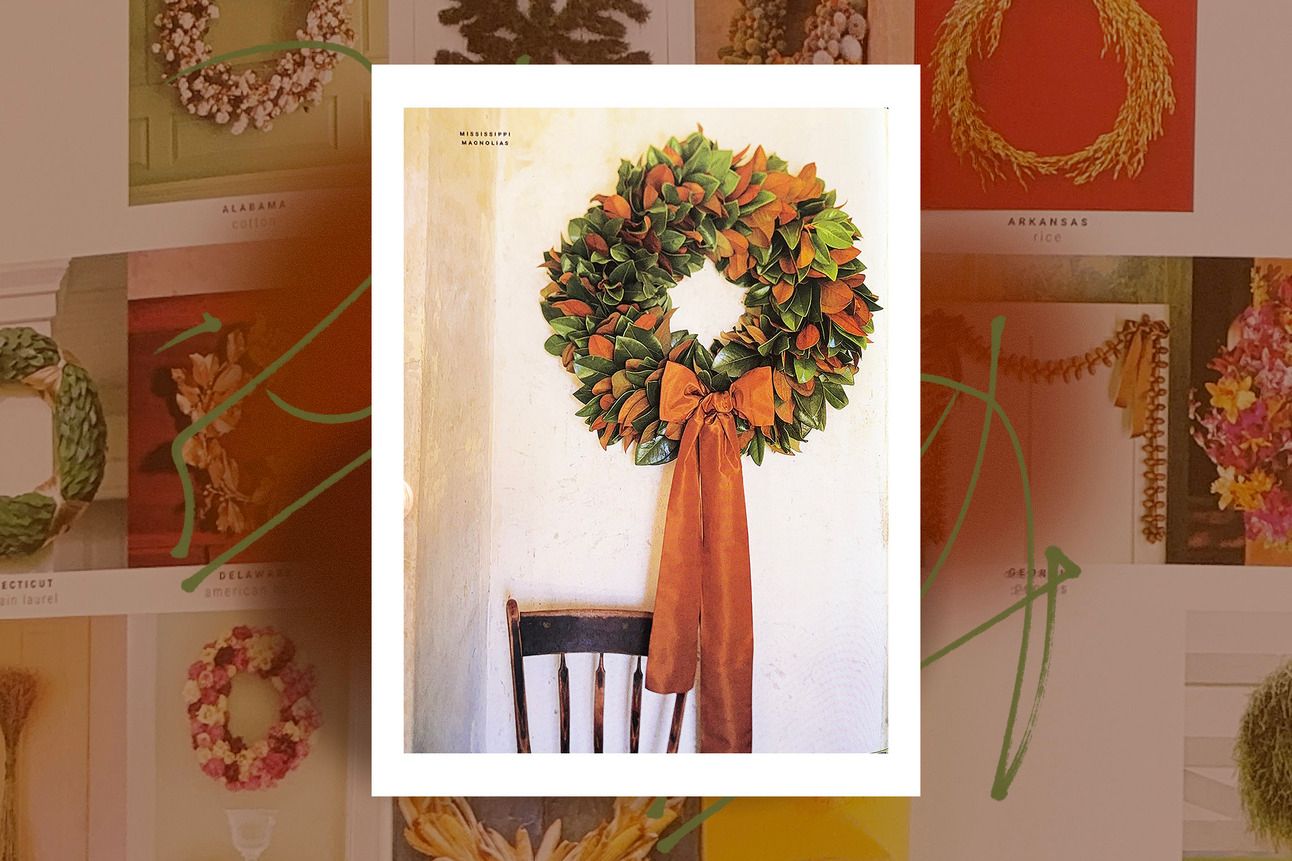
Tyler Watamanuk on Martha Stewart’s 144-page book on wreath making.

Great American Wreaths was a slim hardcover published in 1996, seven years after Martha Stewart’s first Christmas book and 14 years after Entertaining, which catapulted her into stardom. (Although the authoritative blog Martha Moments does not categorize Great American Wreaths as a Christmas publication, I do.) That first 1989 Christmas book featured a few wreaths—reindeer moss, pinecone, long-lived evergreen—but Martha’s book of wreaths upped the ante, delivering designs and instructions for 52 wreaths.
Martha and her team approached the book by creating a unique wreath for each state. Wired wreaths, twig wreaths, thatched forms, swags and garlands. For Mississippi, it was the glossy green and copper leaves of the magnolia with a dangling bow made from crushed brown velvet. California compelled a wreath of olive and rosemary branches affixed to an armature of grapevines. Soft and fuzzy pussy willow was paddled into a wispy wreath for New Hampshire. Nevada received a giant tumbleweed; Rhode Island got clam shells; hay for South Dakota; rose hips for New York; and eastern white pine for Maine. Each required a laborious effort, regardless of the material at hand. Even the pared-back design for Washington D.C.—white oak leaves and acorns—required gold foil and paint.
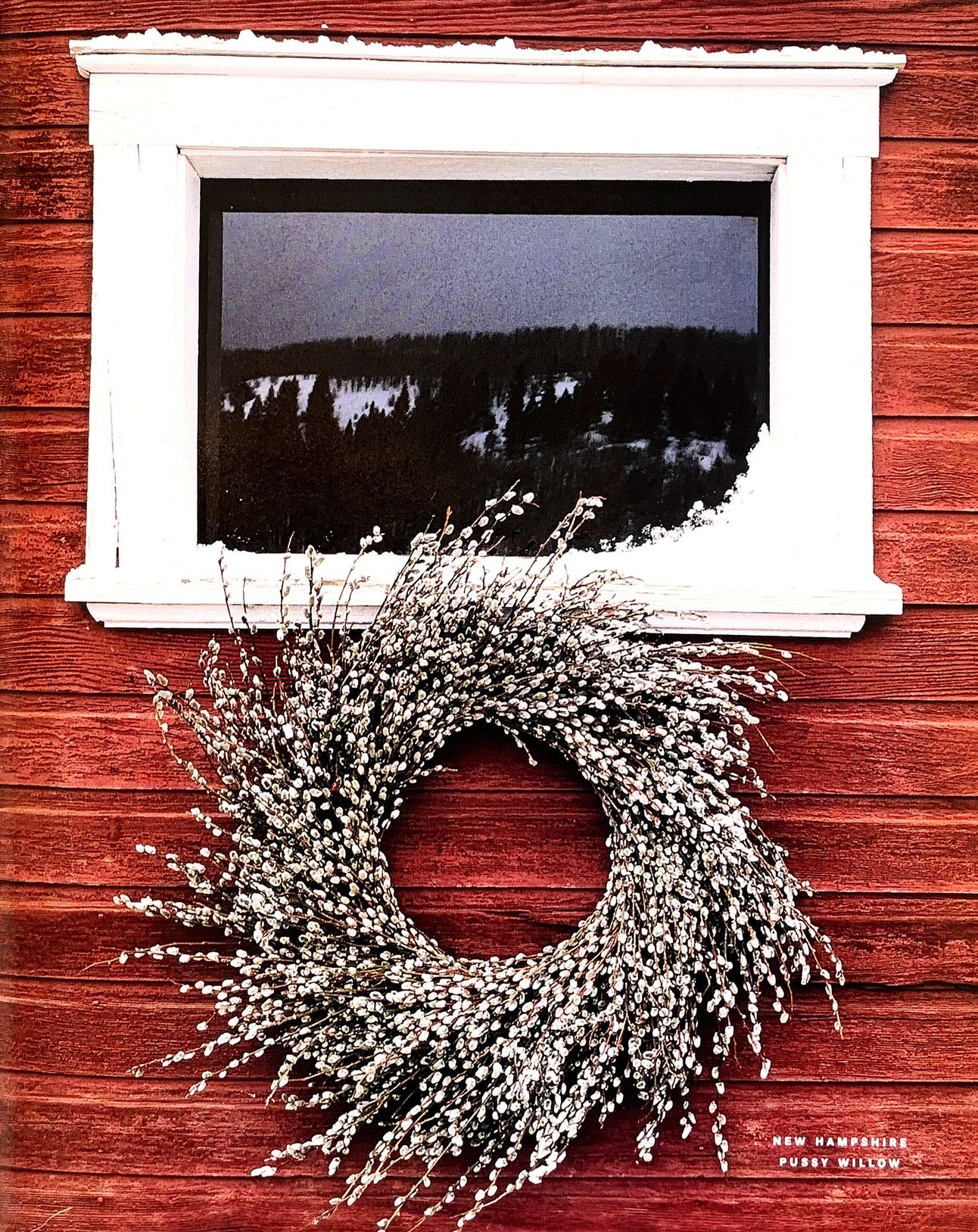
Nearly three decades later, Martha’s brand of decorative theater and holiday cheer still dazzles. I would never attempt to make a single wreath, as shown in this 144-page book, but I flip through it annually. There is a sense of ephemerality that is both endearing and impractical. The high-quality fake wreaths sold by Crate & Barrel or Williams Sonoma last a lifetime and can be yours with just a few clicks. (I’ll concede they lack the ingenuity shown within Great American Wreaths, though.) While Martha and her team gave a country-wide tour of wreaths, the designs still oozed a sense of Northeastern bourgeoisie. The forms were often simple and elegant, you could hang most of them in an Upper West Side townhouse or a Connecticut country home. Only one or two of the wreaths could be considered kitsch (the Kansas sunflower design, the Kentucky bluegrass), but the majority looked stately and impressive.
Within the past decade, Christmas decor has been tampered down to hushed tones. This was a product of the new Scandi boom, the quiet, understated aesthetic that dominated homes and apartments across the globe for years. “Understated is in this season,” proclaimed the New York Times in 2017. “Unadorned greenery, simple rustic touches and carefully curated decorations are replacing the usual baubles and bells.” Dozens of “Cozy Minimalist Christmas” articles still proliferate on the mom-blog circuit. Retailers spun out sleek riffs on the classics: the bottle brush trees of yesteryear looked outdated next to borosilicate glass ones. Polished shades of gold and silver replaced reds and greens. We’re still feeling the post-Scandi effects to this day. (I’d argue we wouldn’t have the beige influencers without the Scandi-craze of interiors past.)
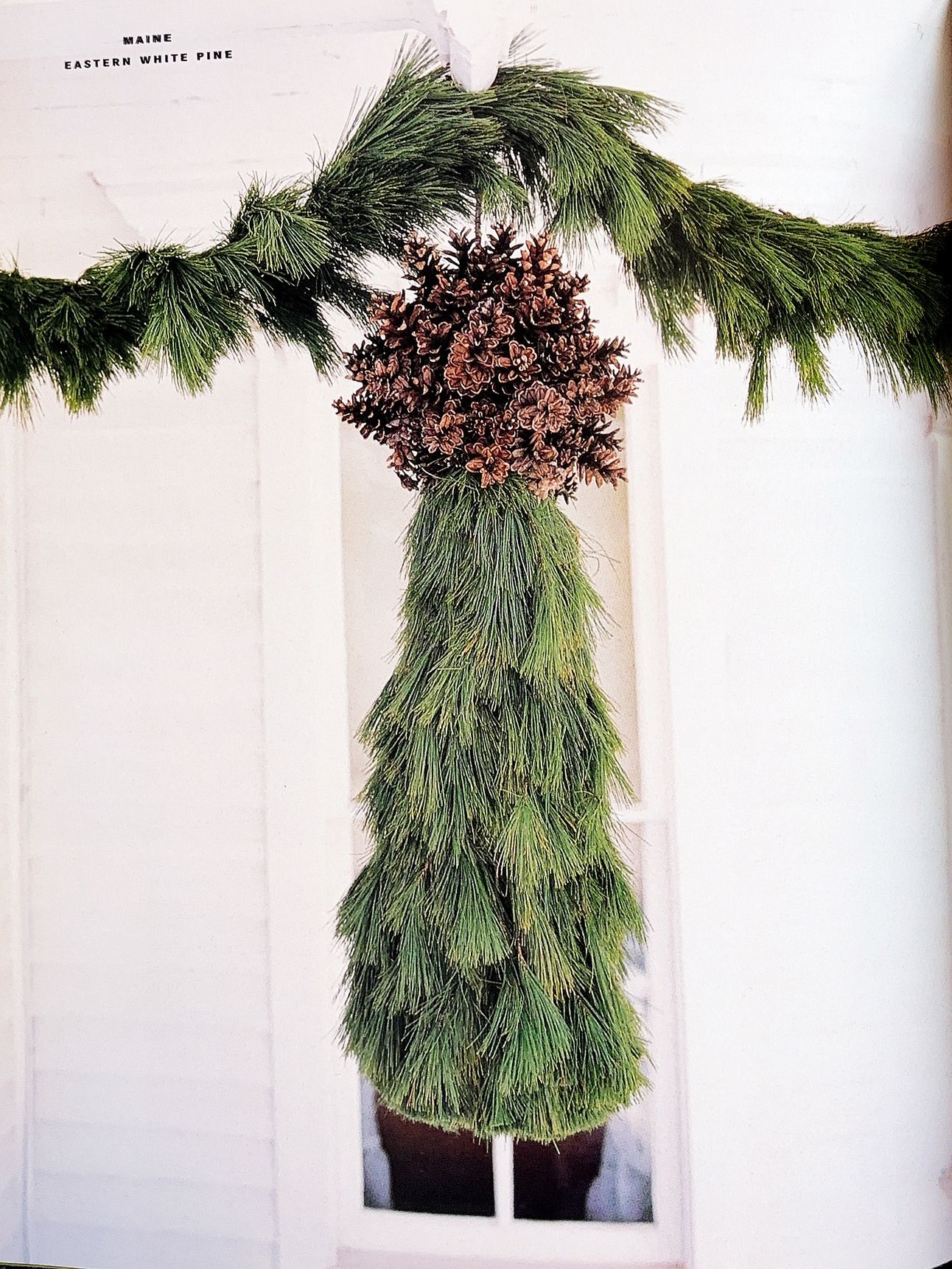
Looking back at Great American Wreaths and Martha Stewart’s other Christmas books, she straddled the line between contemporary and classic, a balancing act that still looks desirable in 2024. The holidays have always been about tapping into a particular strain of nostalgia, embracing the best of the spectacle, and perhaps trimming the stuff that didn’t age well. You can probably pass on coating pomegranates and walnuts with gold spray paint (as Martha suggests), but if you find a show-stopping wreath (faux or real) that looks as good as one in Great American Wreaths, it’s probably a worthy addition to your home. Or, at the very least, pick up some vintage Martha Stewart books for your coffee table. Sometimes looking is the best part.
